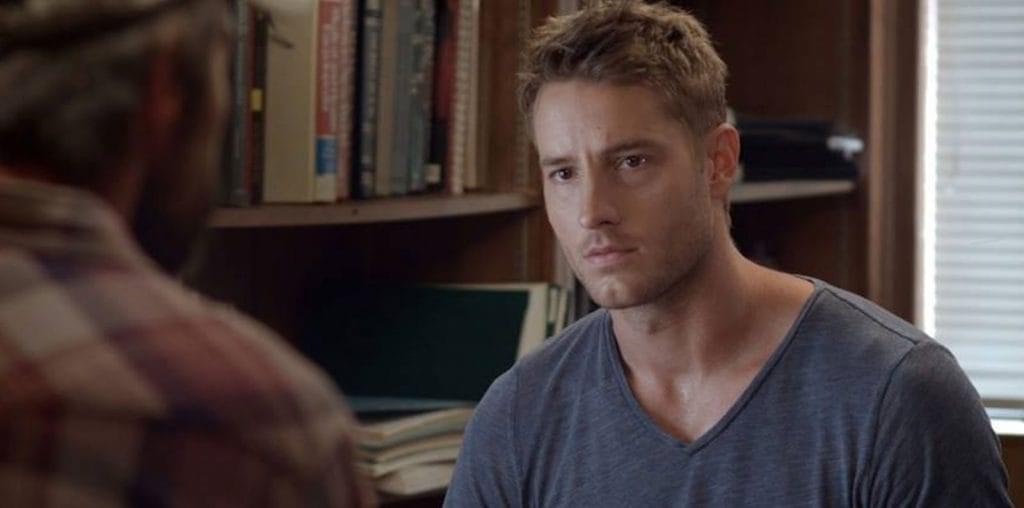
A girl and her female lover stop by her brother’s apartment to borrow his car; before undertaking a planned road trip, all three characters engage in a long tense dialogue, which allows the siblings to tangle the lesbian artist up in their private head games. This bitter verbal menage-a-trois eventually implies disturbing secrets and reveals shocking truths.
The writer/directors obviously have theatrical background; they know how to structure dialogue, block scenes, make their actors work. Though this may not seem like much, it means a good deal to anyone who watches a lot of “independent” “cinema,” which is often crafted by, how shall I put it, autodidactic filmmakers. Self-trained, by watching movies, which is, of course, extremely important, but, unbacked by textbook theory, most indie filmmakers make egregious errors that they themselves are blithely unaware of… And though I, like you, do appreciate, on a certain level, cinematic “happy accidents,” they more often cripple a movie, than infuse it with charming naivete.
These folks know better than that, and that’s worth lots of points in this game. Their cast are all sharp, too, particularly Mary Thornton, the pretty girl on whom the triangle balances. Good ensemble performances in front of the camera are supported by clever shooting and cutting, which work, not just deftly but unobtrusively so, with and within the readily apparent technical limitations at hand.
However “Solitude” is also beset with problems, problems that, for me, eventually outweigh its strengths. For one thing, for the most part, this takes place in one room. It’s a boring, underdressed room, at that, with a locked down minimalist lighting setup. Sure, the camera and cast stay active and distracting, but eventually, I was painfully, continuously aware of being trapped in a room with three people who talk at great length very stridently and do very little else. Eventually it wears you down, and it also starts to get to you how impossible it is to relate to or identify with these characters, all of whom are often downright annoying.
Which brings me to the major problem here. Semi-documentary style to the contrary, this isn’t “realism;” people don’t talk like this, people don’t act like this, real lives don’t operate without, for instance, visible means of support, like these characters do. Real life doesn’t tend to achieve satisfactory dramatic catharsis this properly arranged. The emotional problems of the two siblings, and their incestuous codependency, are indeed portrayed with insightful accuracy; otherwise, this is all sort of forced, self-conscious, transparently staged. (Understand, though to get into it would require more space than this page allows, that I don’t find these qualities intrinsically negative, no, not at all.)
So why does it have to be so unpleasant? Why do the filmmakers want to explore unlikable people at such a length and in such thorough detail as to draw comparisons with construction and surgery? Does their very quality of annoyance signify, structurally, in some sense I’m not privileged to perceive? The authorial voice here is confident, measured, intelligent, cynical. Why must this strength expend itself in painting a picture of a world where love is only moral weakness, family is our enemy, and home is a trap? Am I narrowminded, or unnecessarily bound by tradition, because I expect beauty, fun and joy in my movies, even when they happen to be heavy naturalistic incest dramas?
To keep a clean conscience I must point out that Craker and Ware, whose work would probably provoke a positive response if screened at a lowkey American art festival, display a set of aesthetic values and mannerisms that some audiences will appreciate a lot more than I ever could. If my positive comments have intrigued you, check this out, if you get the chance.

